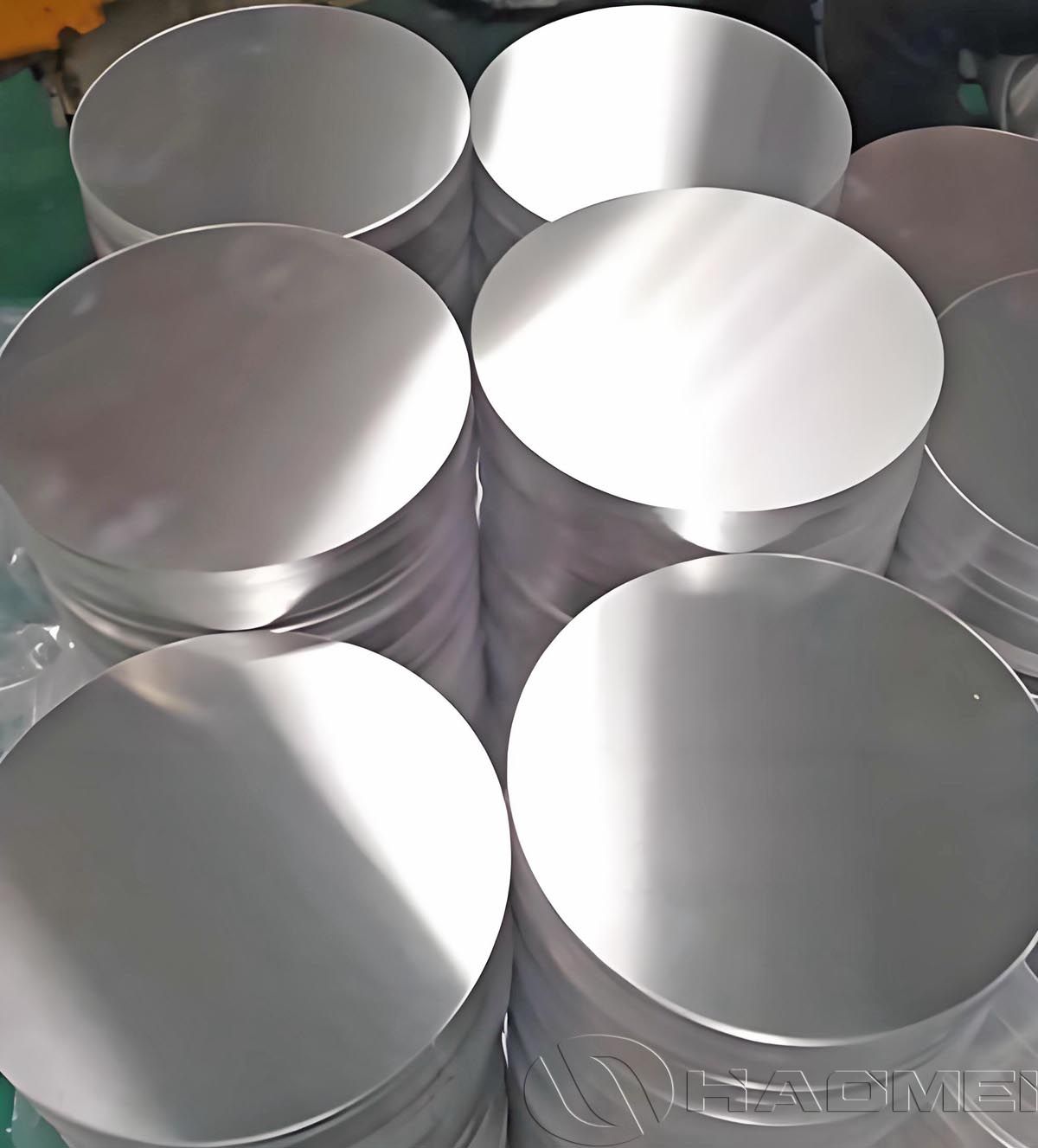
 No.14 Waihuan Road, CBD, Zhengzhou, China
No.14 Waihuan Road, CBD, Zhengzhou, China
 +86-18703635966
+86-18703635966

 No.14 Waihuan Road, CBD, Zhengzhou, China
No.14 Waihuan Road, CBD, Zhengzhou, China
 +86-18703635966
+86-18703635966
A perfect pizza begins with the crust. Whether it's the leopard-spotted Neapolitan style or the crisp New York slice, beyond fermentation and dough handling, the material of the pizza pan plays a decisive role. In cookware manufacturing, material selection directly determines heat conduction, durability, and final baking performance.
Common pizza pans on the market are made from ceramic, aluminum circles, stainless steel, cast iron, or carbon steel. Each has its strengths, but also clear drawbacks:
1. Cordierite Stone / Ceramic
Advantages:
Often used as "pizza stones"; excellent porosity and great at creating a crispy crust.
Disadvantages:
Extremely brittle, prone to cracking, and requires a very long preheating time (30-60 minutes). Not suitable for commercial kitchens and cannot be mass-produced through metal stamping or spinning.
2. Carbon Steel / Cast Iron
Advantages:
Great heat retention and durability.
Disadvantages:
Heavy, prone to rust, and requires complicated seasoning and maintenance.
3. Stainless Steel
Advantages:
Strong, shiny, corrosion-resistant, and easy to clean.
Disadvantages:
Very poor thermal conductivity-only about 1/10 that of aluminum, resulting in uneven heating and inconsistent pizza crusts.

After comparing the materials above, aluminum stands out with overwhelming physical advantages, becoming the mainstream choice for modern pizza pans. Aluminum circles (aluminum discs) used as semi-finished raw material offer manufacturers exceptional benefits:
1. Superior and Even Heat Conduction
Aluminum conducts heat quickly and uniformly, ensuring the pan heats evenly. This prevents burnt spots or undercooked sections and helps achieve a crispy bottom with a soft, well-baked top.
2. Excellent Deep Drawing & Spinning Performance
Aluminum discs have excellent ductility, allowing manufacturers to directly use them for deep drawing or spinning. Whether it's the high rim of a deep-dish pizza or the sieve-like structure of a thin-crust pizza, aluminum discs can be easily formed with extremely high yields.
3. Food Safety & Easy Cleaning
The aluminum surface can be anodized or coated with a non-stick coating, meeting food contact safety standards, containing no harmful substances, making cleaning easier, and reducing food residue and oil accumulation.
4. Lightweight Advantage
Aluminum weighs only one-third of steel. Lightweight pizza pans significantly reduce user fatigue and improve kitchen efficiency, making them ideal for both home and commercial ovens.
3003 aluminum circle belongs to the aluminum-manganese alloy family, known for its excellent corrosion resistance and formability. Common specifications include thicknesses from 0.3 mm to 3.0 mm, with customizable diameters.
1. Excellent Corrosion Resistance
The aluminum-manganese alloy is highly stable and performs well in environments with high heat, oils, and acidic foods without rusting or degrading.
2. Great Thermal Conductivity
With naturally high thermal conductivity, 3003 aluminum ensures rapid and uniform heat distribution during baking-crucial for perfect pizza crusts.
3. Outstanding Formability
3003 aluminum alloy has excellent cold working properties and can be processed into baking pans of different shapes, such as round, square, shallow and deep pans, through deep drawing, stretching and other processes.
4. Higher Strength & Hardness
3003 aluminum contains manganese, which makes it about 20% stronger and harder than pure aluminum (1050, 1060), making the baking pan more robust and durable. Even with repeated use and washing at high temperatures, it is not easy to bend or deform, and has a longer service life.
5. Lightweight Design
Compared with stainless steel or cast iron, 3003 aluminum pans are lighter, easier to handle, and more efficient for commercial kitchens.
6. Cost-Effective
3003 aluminum circles offer excellent performance at competitive prices, making them an ideal choice for cookware production.

| Alloy | 3003 |
| Temper | H14 / H18 |
| Thickness | 1.0 mm – 3.0 mm |
| Diameter | Round Pans:20 cm – 40 cm |
| Surface Treatment | Anodized / Non-stick coating |
| Production Process | CC / DC |
| Thermal Conductivity | 120 - 140 W/m·K |
| Max Working Temperature | 250°C - 300°C |
| Applications | Home ovens, commercial kitchens, pizzerias |
| MOQ | 1-3 tons |
This results from hard anodizing, a premium surface treatment applied to 3003 aluminum.
Benefits of hard-anodized aluminum pizza pans:
1. Scratch Resistance
The surface becomes extremely hard-harder than stainless steel-allowing users to cut pizza directly in the pan with a wheel cutter without damaging the coating.
2. Natural Non-Stick Properties
The treated surface becomes slightly oil-repellent, reducing sticking and making food release easier.
3. Faster Heat Absorption
Dark-colored surfaces absorb radiant heat more efficiently, shortening baking time and improving crust crispness.
Copyright © 2025 By HAOMEI Aluminum CO., LTD. All Rights Reserved. Sitemap